Chittorgarh: 13 Best Places to Visit
Chittorgarh, a city in the Rajasthan state of India, is a popular tourist destination known for its rich cultural heritage and historical significance. The city boasts of its magnificent architecture, bustling streets, and vibrant markets. If you are planning a trip to Chittorgarh, here’s a perfect gateway to this incredible city.
Table of Contents
Best Time to Visit Chittorgarh:
The best time to visit the city is during the winter months, from October to March. The weather is pleasant, making it ideal for sightseeing and outdoor activities.
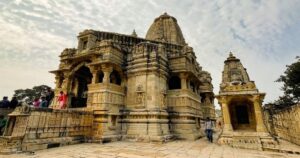
How to Reach Chittorgarh:
It is well-connected by air, rail, and road. The nearest airport is the Udaipur Airport, which is about 70 km away from the city. You can hire a taxi or take a bus from the airport to reach there. The city has its own railway station, which is connected to major cities like Delhi, Mumbai, and Jaipur. By road, it is connected to major cities like Udaipur, Jaipur, and Delhi.
Brief history of Chittorgarh Fort:
- Chittorgarh Fort is said to have been built by Chitranga, a mori king, and was originally called Chitrakuta.
- The Guhila (Gahlot) ruler Bappa Rawal captured the fort in either 728 CE or 734 CE.
- Between 1251 and 1258, Balban repeatedly led troops to Chitror fort.
- In 1303, the Delhi Sultanate ruler Alauddin Khilji defeated the Guhila king Ratnasimha and captured the fort.
- The fort was later captured by Hammir Singh, a king of the Sisodiar branch of the Guhilas.
- Chittor gained prominence during the period of successors of Hammir Singh, which included Rana Kumbha and Rana Sanga.
- In 1535, Bahadur Shah of Gujarat besieged and conquered the fort, but the Sisodia’s captured it within a short time of his departure.
- In 1567–68, the Mughal emperor Akbar besieged and captured the fort.
- In 1615, as part of a peace treaty between Akbar’s successor, Jahangir, and the Maharana of Mewar, Amar Singh I, Mewar accepted Mughal suzerainty, and the fort and the areas surrounding Chittorgarh were given to Mewar.
- Due to the military danger presented by the fort, it was never to be fortified or even repaired.
- The fort was refurbished in 1905 during British Raj.
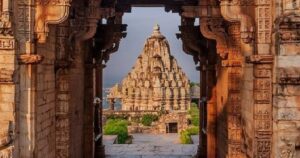
Places to Visit in Chittorgarh:
It is home to several historical monuments, temples, and palaces. Some of the must-visit places include:
- Chittorgarh Fort (Chittor Fort): a UNESCO World Heritage Site and one of the largest living forts in India, with 65 historic structures including four palaces, 19 large temples, 20 water bodies, four memorials and several victory towers
- Vijay Stambh: a 37-meter-tall Jain monument that dates back to 1433–1468
- Kirti Stambh: a 24-meter-tall Jain monument from the 12th century
- Kalikamata Temple: a Hindu temple from the eighth century
- Kshemankari Temple: a Hindu temple from 825–850
- Kumbha Shyam Temple: a Hindu temple from 1448
- Adbuthnath Temple: a Hindu temple from the 15th or 16th century
- Sattaees Devari: a Jain temple
- Shringar Chauri: a Jain temple from 1448
- Sat Bis Devri: a Jain temple from the mid-15th century
- Rana Kumbha Mahal: a large Rajput domestic structure that now includes the Kanwar Pade Ka Mahal and the palace of the poet Mira Bai
- Ratan Singh Palace: a palace from 1528–1531
- Fateh Prakash (Badal Mahal): a palace from 1885–1930
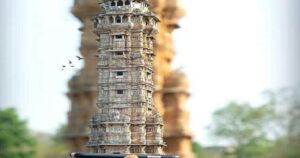
Things to Do in Chittorgarh:
It offers a wide range of activities for tourists, including:
- Sightseeing: Explore the city’s historical monuments, temples, and palaces.
- Shopping: Shop for local handicrafts, textiles, and souvenirs.
- Food: Try the local cuisine, which includes dishes like dal baati churma and laal maans.
- Adventure: Go for a trek or a hike in the nearby hills and forests.
Unique facts about Chittorgarh Fort:
- Chittorgarh Fort is one of the largest living forts in India, with 65 historic structures including four palaces, 19 large temples, 20 large water bodies, four memorials and several victory towers.
- The fort is roughly shaped like a fish when viewed from a bird’s eye view.
- Chittorgarh Fort is listed among the UNESCO World Heritage Sites under Hill Forts of Rajasthan.
- The fort is a representation of various virtues like courage, nobility, chivalry and sacrifice of Rajputs who were the rulers of Rajasthan during those times.
- The fort was the capital of Mewar and is located in the present-day city of Chittorgarh.
- The fort covers an area of 280 hectares (691.9 acres) on top of a hill 180 meters (590.6 feet) high.
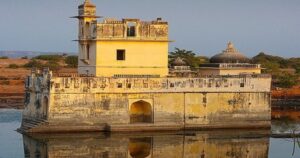
Why Chittorgarh Fort is Famous?
- Brave Rajput History: It is a symbol of Rajput bravery, sacrifice, and honor. The fort has witnessed many battles and sieges, and the Rajputs have fought valiantly to defend it.
- Jauhar: The fort is famous for the three instances of Jauhar (mass self-immolation) by the Rajput women and children to escape capture and humiliation by the enemy.
- Rani Padmini: The fort is associated with the legendary beauty, Rani Padmini, who was the queen of Chittorgarh and reportedly led the Jauhar during the siege of Alauddin Khilji in 1303.
- Architectural Significance: The fort is a masterpiece of Rajput architecture, with impressive structures like the Vijay Stambh, Kirti Stambh, and the Rana Kumbha Palace.
- Historical Importance: The Fort has played a significant role in Indian history, being a major stronghold of the Rajputs and a key location for many battles and political intrigues.
- Cultural Heritage: The fort is a treasure trove of Rajasthani culture, with numerous temples, palaces, and artifacts showcasing the region’s rich artistic and cultural heritage.
- UNESCO World Heritage Site: Chittorgarh Fort was designated a UNESCO World Heritage Site in 2013, recognizing its cultural and historical significance.
These factors combined have made Chittorgarh Fort a famous and iconic destination in India, attracting tourists, historians, and cultural enthusiasts from around the world.
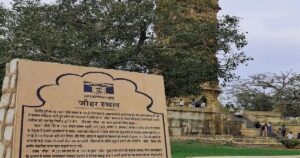
Best Places to Stay in Chittorgarh:
This place offers a wide range of accommodation options, including budget-friendly hotels, luxury resorts, and heritage hotels. Some of the popular hotels include:
- Hotel Padmini: A budget-friendly hotel that offers comfortable rooms and delicious food.
- Hotel Meera: A luxury hotel that offers spacious rooms and modern amenities.
- Heritage Hotel: A heritage hotel that offers a unique experience of living in a historical building.
In conclusion, it is a perfect gateway to the rich cultural heritage and historical significance of Rajasthan. With its magnificent architecture, bustling streets, and vibrant markets, it is a must-visit destination for anyone interested in history, culture, and adventure.
Read and explore more: Jaisalmer: 11 Best Places of The Golden City

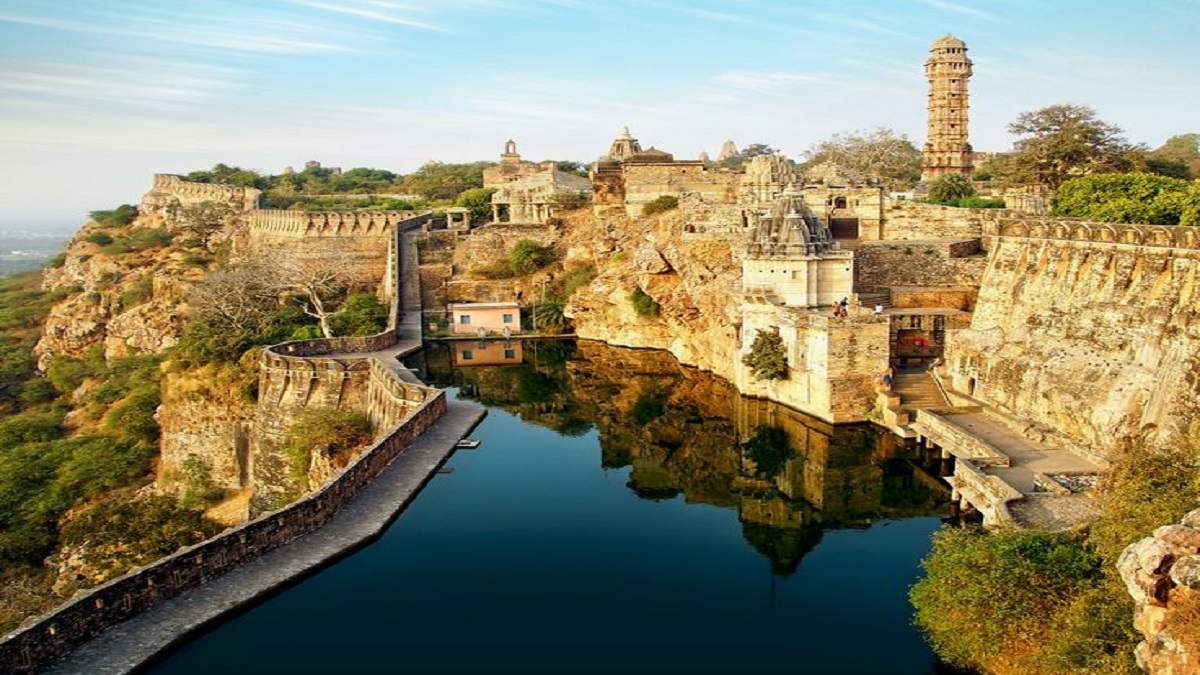





One thought on “Chittorgarh: 13 Best Places to Visit”